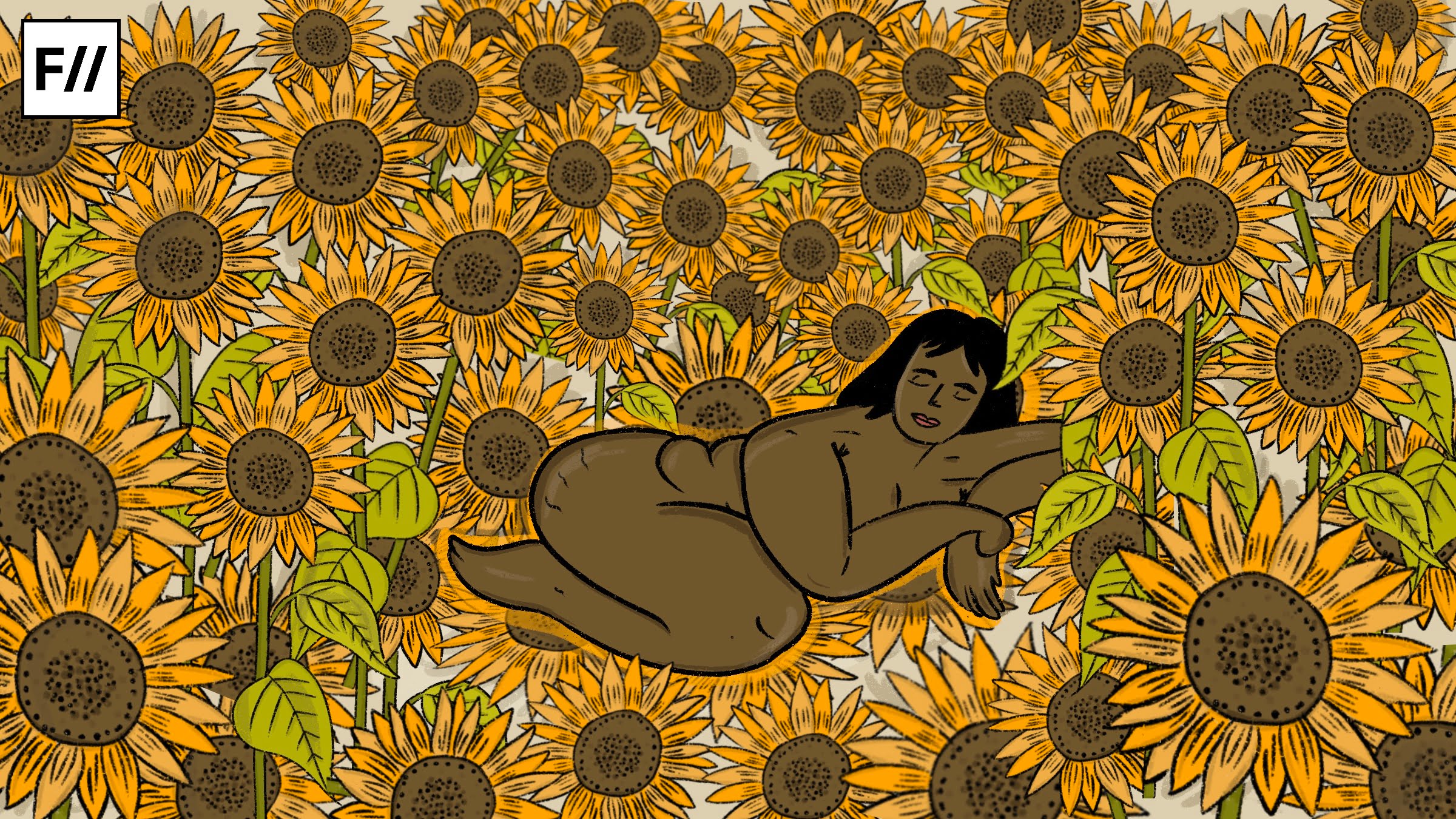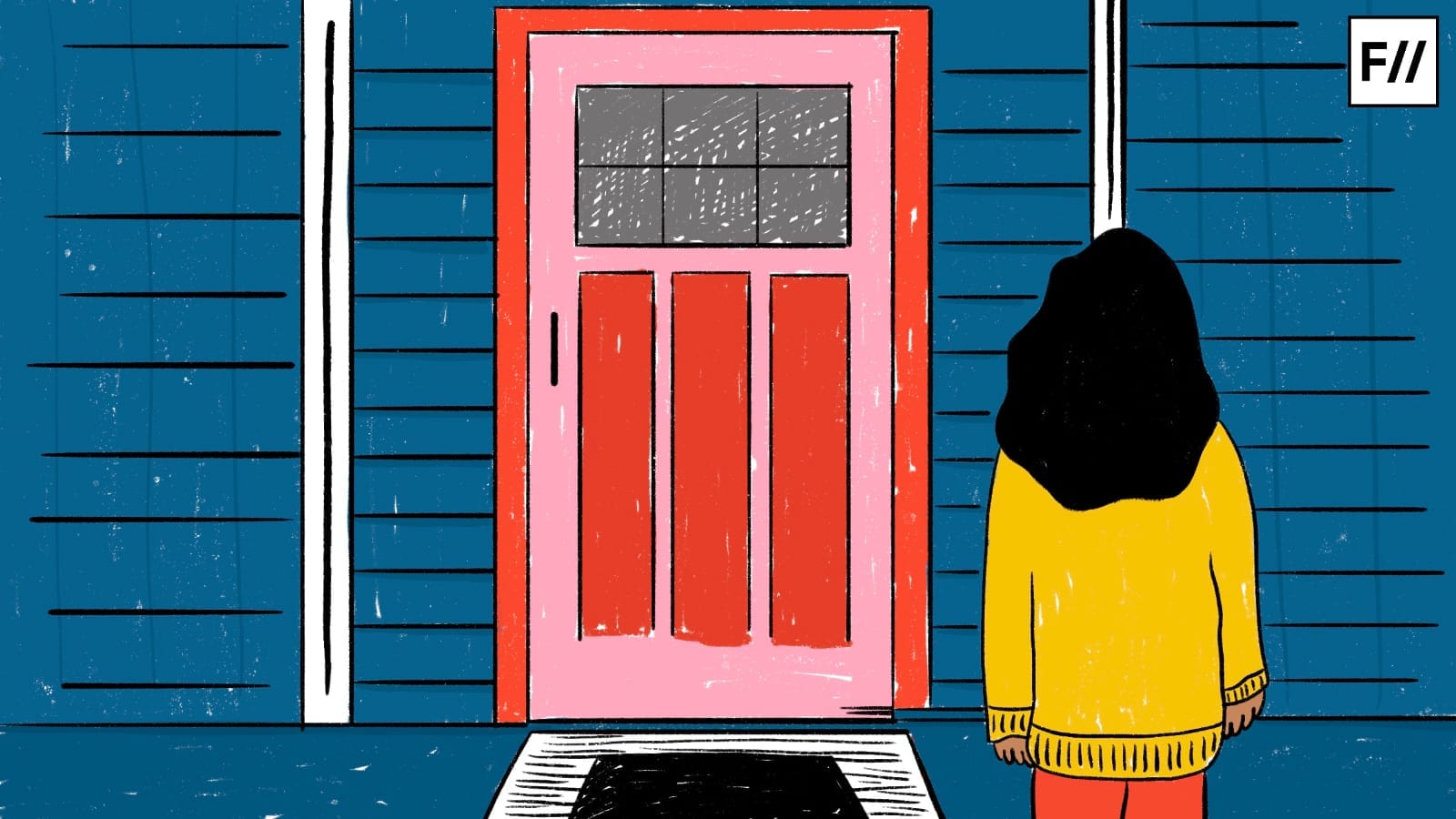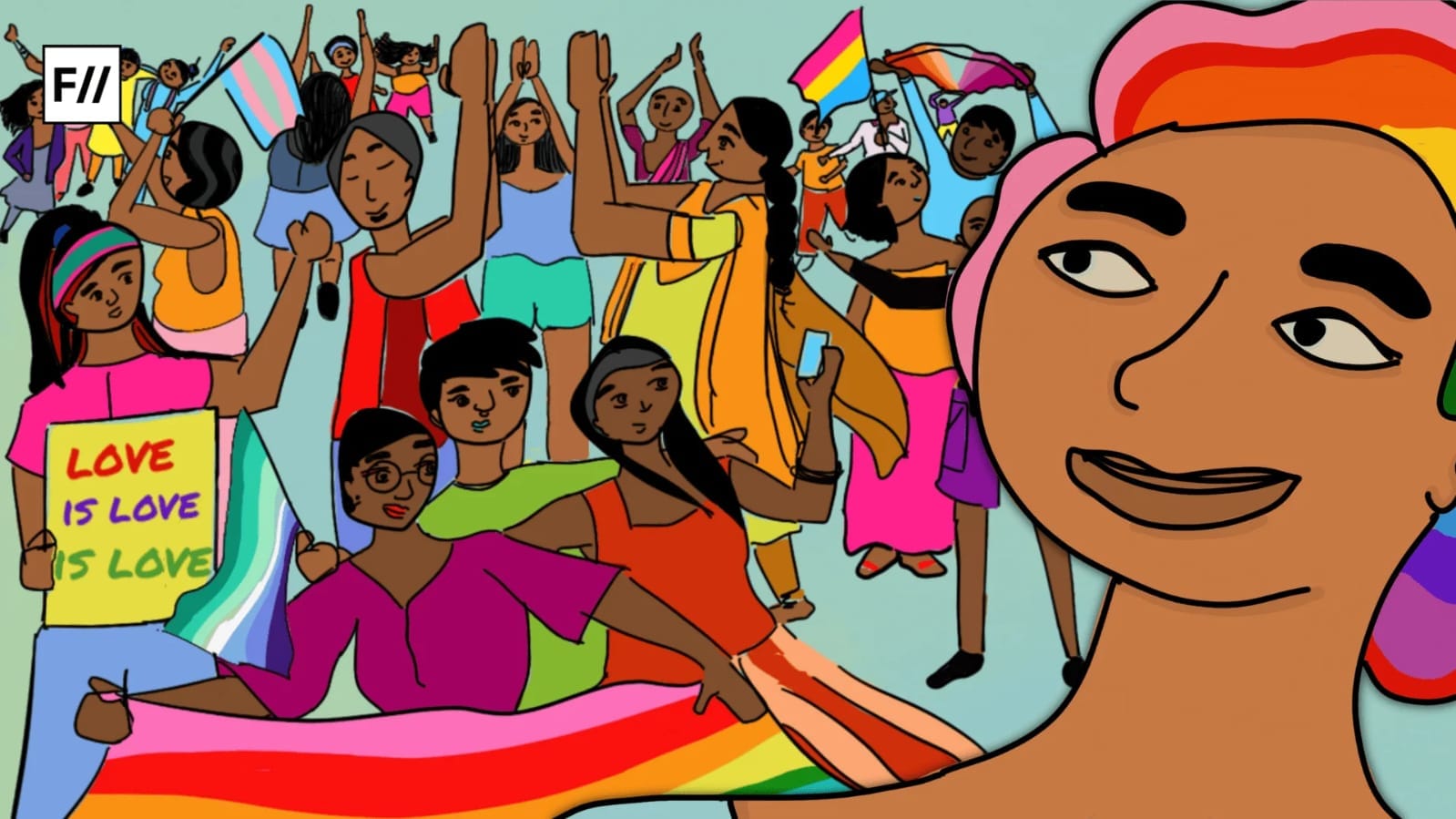In “Ace: What Asexuality Reveals About Desire, Society, and the Meaning of Sex,” author Angela Chen describes their first encounter with the term “asexuality” at the age of fourteen as follows:
“I had no trouble believing that asexuality was normal, healthy, and valid, and that these asexual people, or aces, were entitled to long and happy lives without the rest of us pointing and laughing. But learning the term did not change how I viewed myself.”
Indeed, the extent to which a-spec identities are shrouded in the loud and exuberant discourses of allosexual love and relationships is more than just problematic, it is harmful, in the sense that it keeps people from understanding themselves, and others from understanding them as well.
Allosexuality is a term used within the a-spec community to describe individuals who experience sexual attraction to others. In contrast, asexuality refers to a lack of sexual attraction or a low interest in sexual activity.
However, defining a-spec identities in terms of what they are “lacking” or as empty is not the way to go about this. Instead, Chen urges their readers to view a-spec identities not as the lack of an image, but as an image in their own right, and they compare it to the well-known optical illusion of the image of two faces or a vase.
However, in a culture that views only heterosexuality and heteroromanticism as normative, it may as well be the only way a-spec identities can be explained to people who do not have even a rudimentary understanding of what they constitute.
What is A-Spec?
A-spec is a terminology that describes the entire spectrum of identities that feel little to no sexual or romantic attraction. A-spec has sub-spectrums like:
- The Asexual spectrum (acespec) deals with the degree to and the circumstances under which an individual feels sexual attraction, if at all.
- The Aromantic spectrum (arospec) that describes how an a-spec individual is oriented romantically
Aromantic people feel little to no romantic attraction. However, many do seek companionship in the form of a platonic relationship, and contrary to the extremely misinformed popular belief, being aromantic is not symptomatic of wanting to have no emotional investment in relationships.
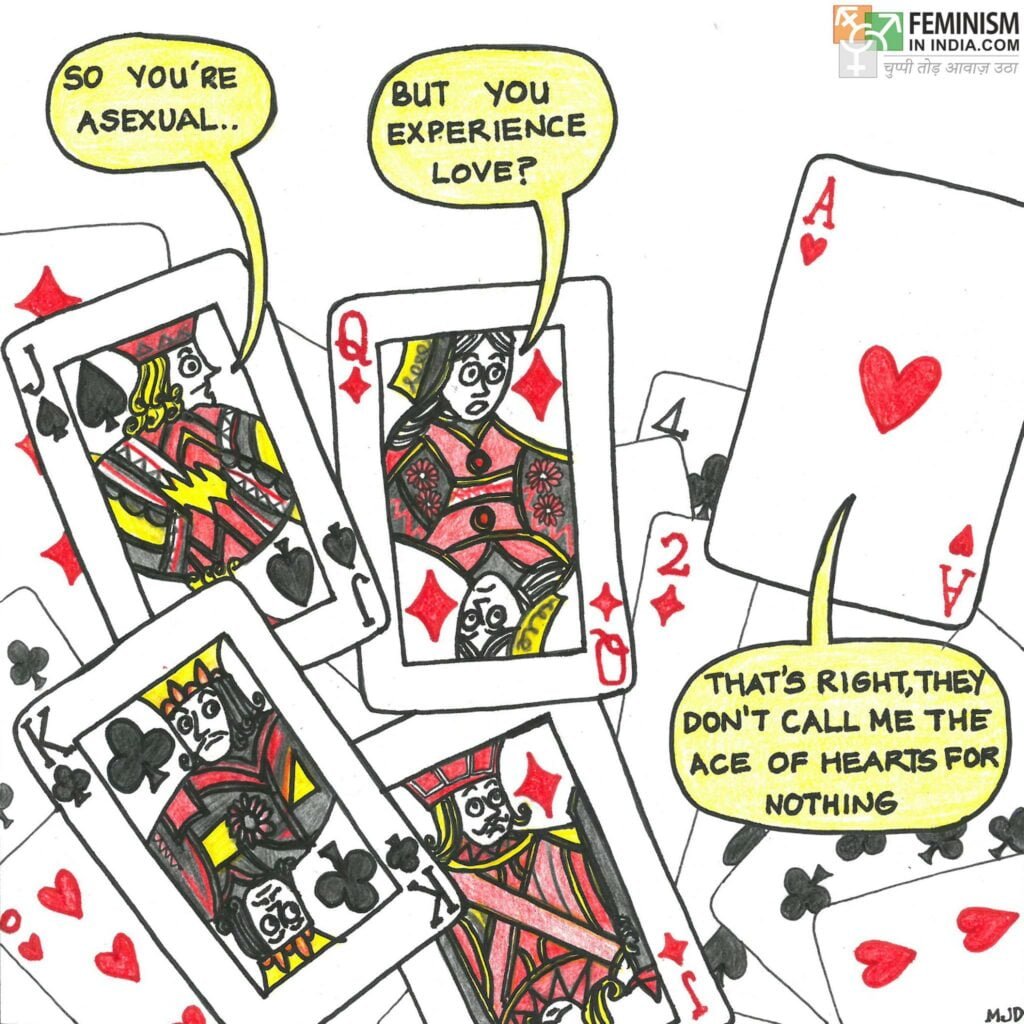
Similarly, asexual people feel little to no sexual attraction. An aroace individual is a person who feels little to no sexual or romantic attraction. There are other labels within these broader categories. The prefix grey- indicates that the individual who goes by this label feels sexual and/or romantic attraction but to a lesser degree than is typical.
The prefix demi- is used by individuals who fall under the grey- category and do not feel attraction until and unless there is a strong emotional connection present. There are various other forms of a-spec identities. Some of them have names and some of them do not and all of them deserve more visibility than they have received thus far.
Asexuality in India
Most media or literature in India today does not seem to recognise the fact that platonic relationships can exist and be just as fulfilling, if not more, than romantic love. The instances of media and literature that do talk about platonic love usually do not get as much traction as those that centre on romantic love. The paltry representation that exists, in the end, leaves no effect on the collective consciousness which still tries to fit individuals and the relationships between them into a compulsorily heterosexual mould.
The Indian subcontinent is a paradox of the highest order, in that it is highly repressive when it comes to sex, but is also deeply obsessed with all things sexual. Any sexual activity outside of a marriage is considered to be shameful, and at the same time, a disinclination towards sexual activity within the stipulated confines of societal norms is also considered deviant.
The Indian subcontinent is a paradox of the highest order, in that it is highly repressive when it comes to sex, but is also deeply obsessed with all things sexual. Any sexual activity outside of a marriage is considered to be shameful, and at the same time, a disinclination towards sexual activity within the stipulated confines of societal norms is also considered deviant.

It is harder to bring up the subject of one’s identity in an Indian household when coming out as part of the acespec community necessarily entails a discussion about sex, which a lot of Indian families cannot handle, and this can potentially lead to constant coercion at best and forced marriages at worst. Sriti Jha in a poem called “Confessions of an Asexual Romantic,” says,
“Finally I was relieved when they wrote chants of “no means no means no means no.”
But when I said no, and I meant no, they said, “You’ve got to try a little more.”
Indian a-spec individuals have to resort to Western media to feel like they are seen, resulting in allegations of them being “influenced” by western thought processes. The lack of enough local representation causes a disjunct in identities, where a-spec individuals do not feel at home with more than one aspect of their being at the same time. Angela Chen writes:
“As we have seen, compulsory sexuality exists for straight white men. But for people who come from more vulnerable communities and are weighed down by extra layers of social conditioning, figuring out whether one’s asexuality is human variation or externally imposed is fraught with cultural and historical baggage.”
Being A-Spec in the digital contemporary
Aly* a member of the a-spec community tells FII that ‘before Alice Osman changed the world with her graphic novels of queer joy, a-spec individuals would look for representation wherever they could find it.’
‘There were headcanons on the internet about Sheldon Cooper from The Big Bang Theory being aroace, but the creators ruined a perfectly good chance at representing the demisexual community by poking fun at his aversion to sex. There were theories that Benedict Cumberbatch’s Sherlock from the series Sherlock was aroace and they were second in popularity only to the speculation of Sherlock’s romantic involvement with John Watson,’ they add.
Adding further they say, ‘a lot of really popular characters, from Katniss Everdeen from The Hunger Games to Elsa from Frozen have been believed by viewers to be a-spec. A lot of these headcanons would turn out to be untrue later on in the narrative because, according to the old adage, “sex sells,”.’
However, currently, content creators are slowly building a niche for themselves on the internet. There are book recommendations for people looking for more a-spec representation, there is more media that has explicit a-spec representation.
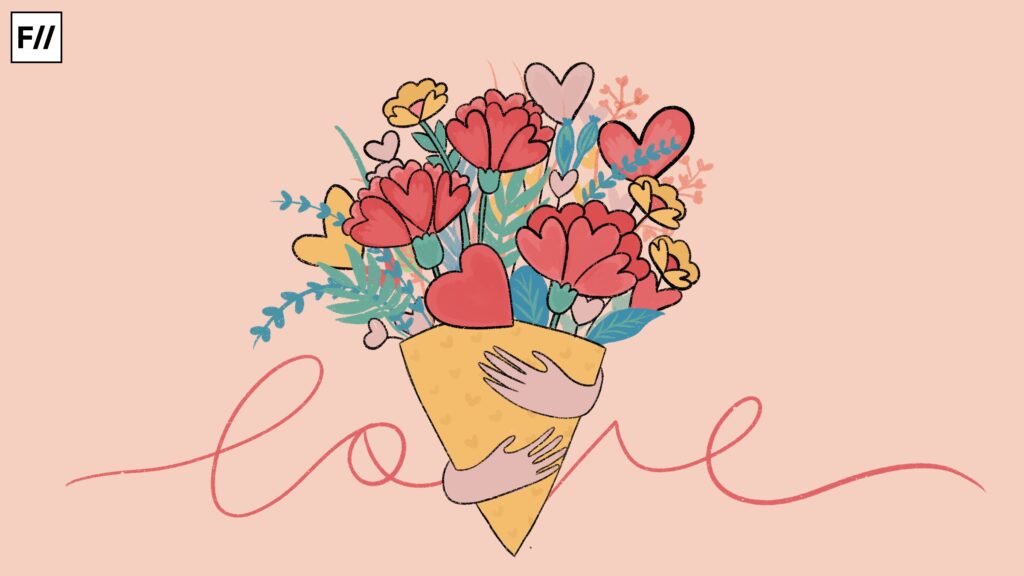
‘It does not even have to be explicit,’ said Rahal*. ‘Even if you mention it once, and even if ten people watch it, and even if it validates one person for a while, that counts for a lot.’
Dating as an a-spec individual can also pose its own set of challenges. Most mainstream dating apps revolve around and are used to facilitate sex, and this mostly does not align with the needs of the people who have demi- or grey- labels.
‘There are the general considerations about talking to a stranger, of course,’ Sheelam* tells FII. ‘But you also often have to out yourself before you are ready because the general model of dating someone requires you to discuss sex by the third date, and that is often not enough time to understand and gauge if the person will be supportive or blame you for “leading them on,”.’
The conventional dating practices therefore do not apply to a-spec communities and that becomes difficult to navigate when sex is central to most online dating. However, there are several online spaces where a-spec people have found community and visibility. There are Facebook and Instagram pages dedicated to aro-ace communities and a lot of people find respite from the dismissive attitudes of the physical environments that they are part of. There are subreddits and chatrooms where a-spec individuals can discuss the nuances of their orientation with other similarly inclined people and feel seen.
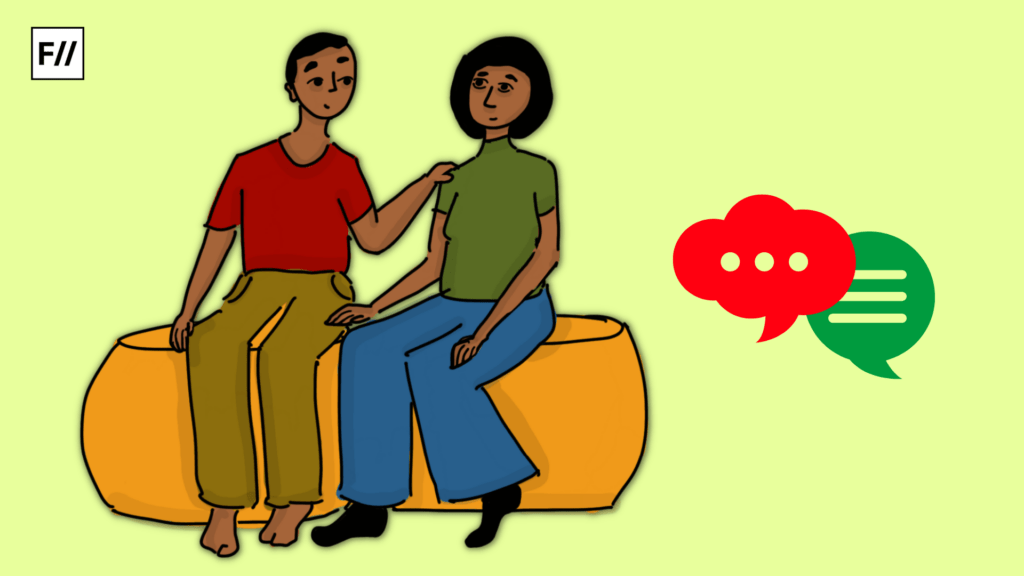
Saam* expressed their contention with the mainstream and generally accepted notion that there is a hierarchy of relationships that goes from friendship to love to sex. ‘I do not believe that is the case,’ they say. ‘Friendship, and romance and sexual attraction may be parallelly important apexes but why must one lead to the other and why is one less than the other?’
Angela Chen ends their book by writing:
“A society that is welcoming to aces can never be compatible with rape culture; with misogyny, racism, ableism, homophobia, and transphobia; with current hierarchies of romance and friendship; and with contractual notions of consent.”
A-spec acceptance and recognition have a long way to go. The A-spec communities’ experiences are often overshadowed by other queer narratives, and discarded by both, the straight community and the queer community. It is therefore imperative for one to consider that while they echo the trending proclamation of “love is love,” what kind of love is it that they are talking about?
*This article employs the generally-used definitions available on the internet and at no point does it intend to claim that a-spec identities are characterised by the “lack” of anything.
*names have been changed to protect the privacy and identity
About the author(s)
Adrita Bhattacharya is a Computer Science graduate from Vellore Institute of Technology and is currently pursuing a degree in English and Cultural Studies at Christ University. She has a keen interest in Linguistics, Gender Studies, and Digital Humanities.
